20 Sep 2022
Navigating an uncertain future
What we will cover
- Engaging business in hypothesis driven strategy (Challenge, Approach, Result).
- The tool (Growth Navigator, Intended capabilities and Intended functionality).
- Ortelius methodology.
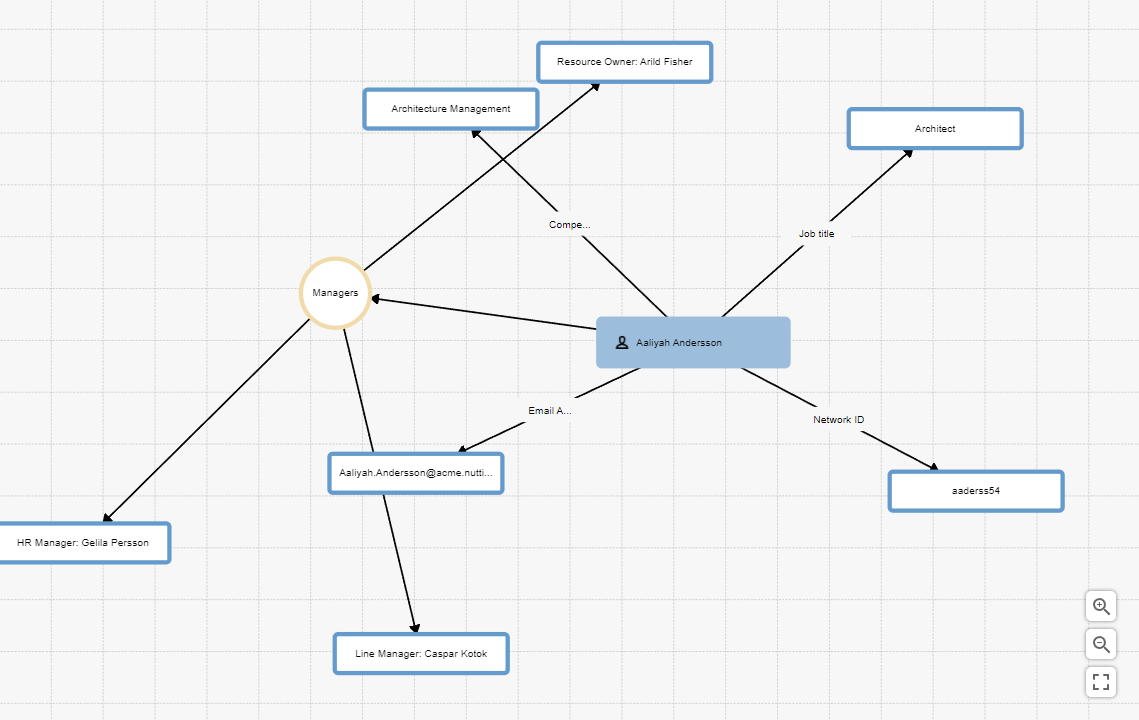

What we will cover

The Head of Corporate development at a large manufacturing company had the assignment to support business in cross functional/divisional engagements. He was approached by the Industry Manager from Industrial Fermentation who said that they started seeing initiatives from customers which were traditionally in the Food and Agriculture industry but now were expanding their presence further in the value chain and were experimenting with bio-refinery technology on a small scale.
As 30% of the company’s revenue came from traditional oil & gas industry this was considered a threat to the company’s business unless addressed properly.
The Head of Corporate development is a strong advocate for Strategic Experimentation which means formulating hypothesis on future states and testing them with the people and data available in the organization.
Thus a hypothesis was formulated “Sometime in the future, we don’t know when, we don’t know how, fossil fuels will be replaced with renewable fuels as the main energy source of the world”.
The Head of Corporate development knew that for any initiative to be successful it’s crucial that you get key stakeholders in business engaged from the start. The challenge was to go from a written hypothesis to a shared visualization of what this would mean for the organization. At this point Ortelius was engaged to support them in Finding (what data and information was needed), Capturing (the know-how from key business stakeholders), Visualizing (data, information and know-how in a dynamic/exploratory environment) and (providing the data and information necessary to ) Align the stakeholders.

What data and information is needed?

What know-how do we need from key business stakeholders?
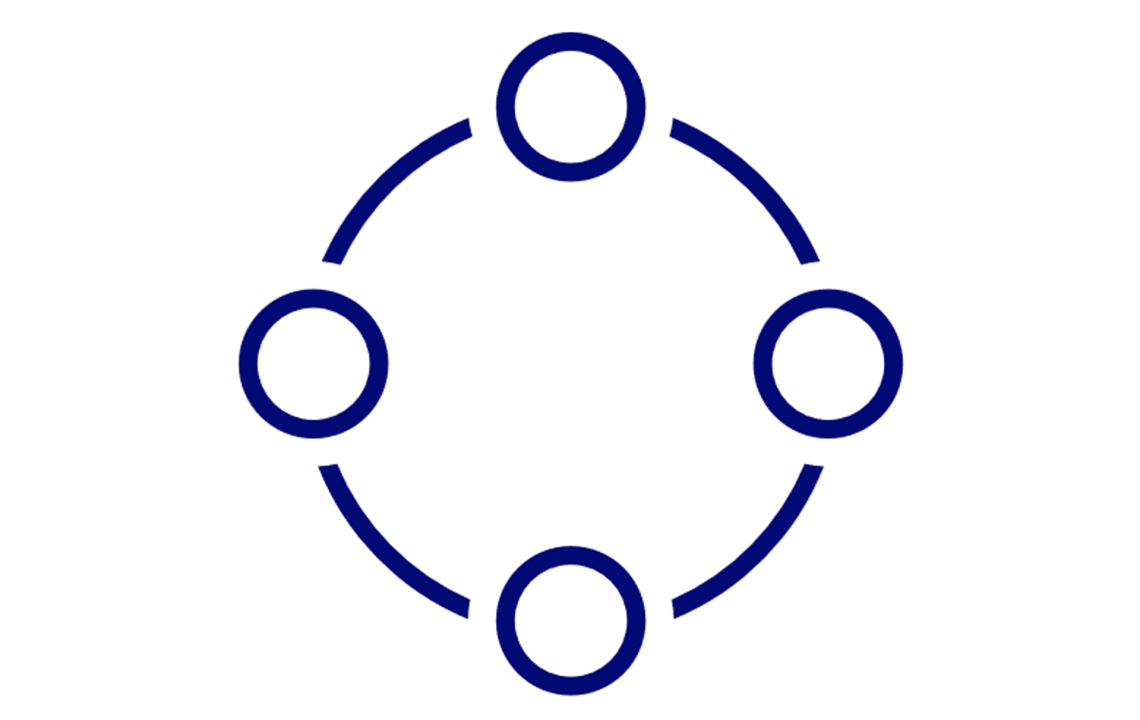
Show how data, information and know-how is connected in a dynamic/exploratory environment.
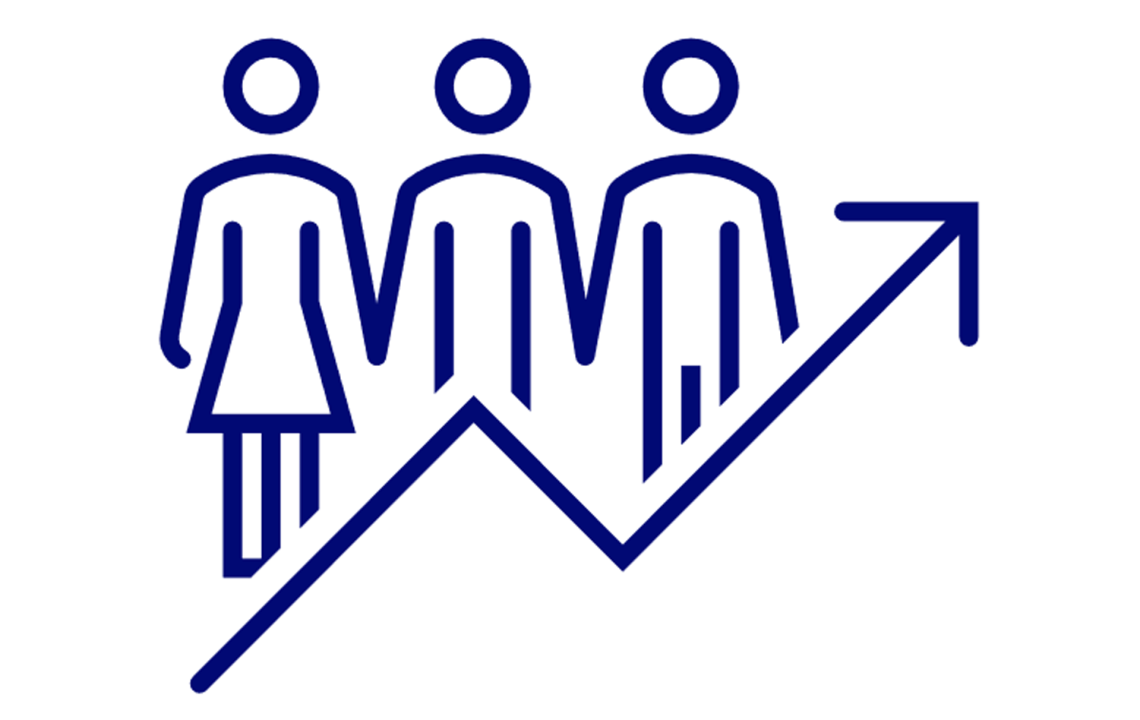
Providing the data and information necessary to align.
Through a set of working meetings a shared model of the current state of Petrochemicals and Bio-based fuels was built from a customer centric perspective. Creating the ability to continuously answer these questions:
Once this was in place stakeholders could visualize different scenarios based on the model created and create action plans.
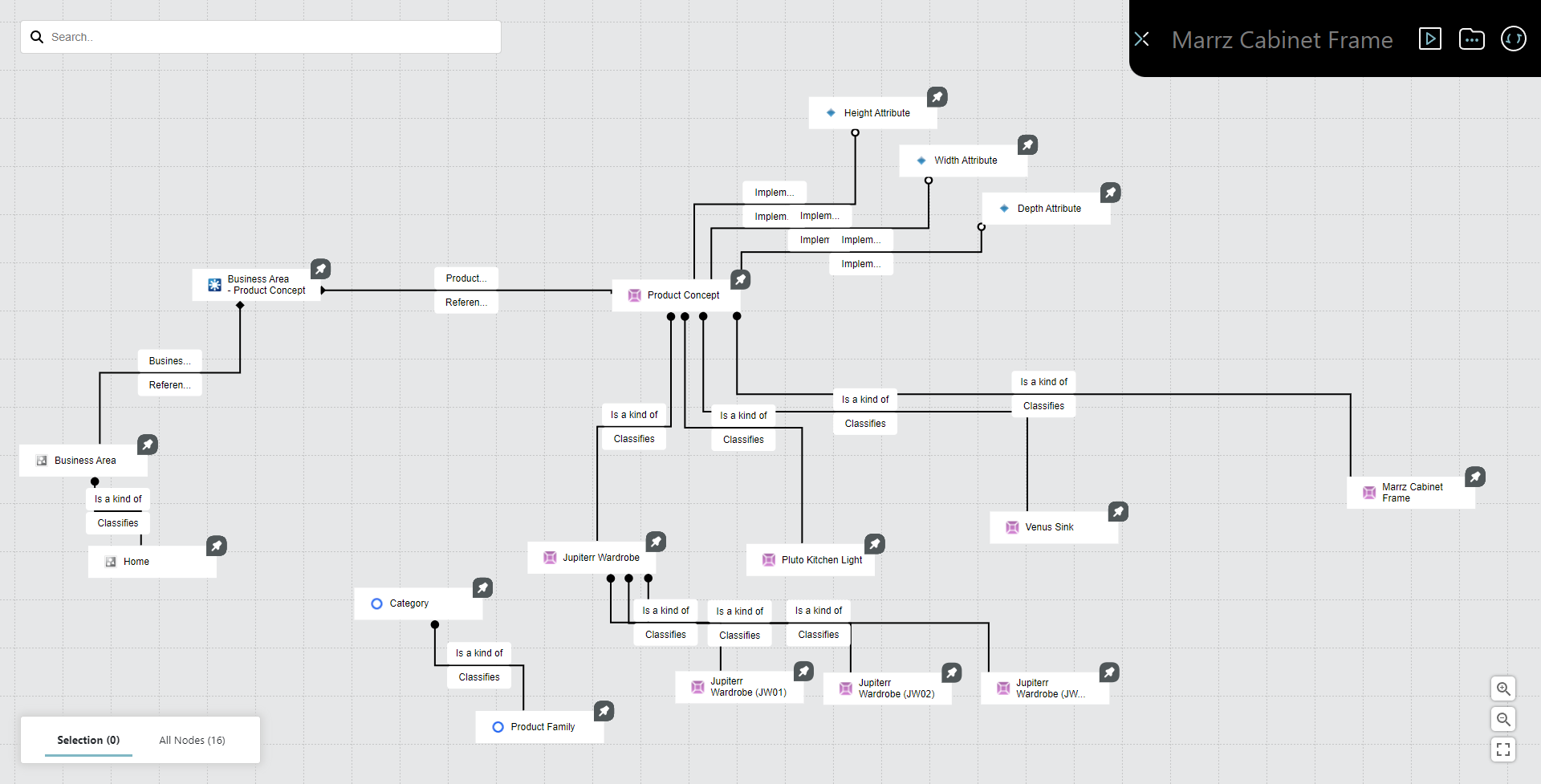
Implemented capabilities
Suggested case: The Operations Leader
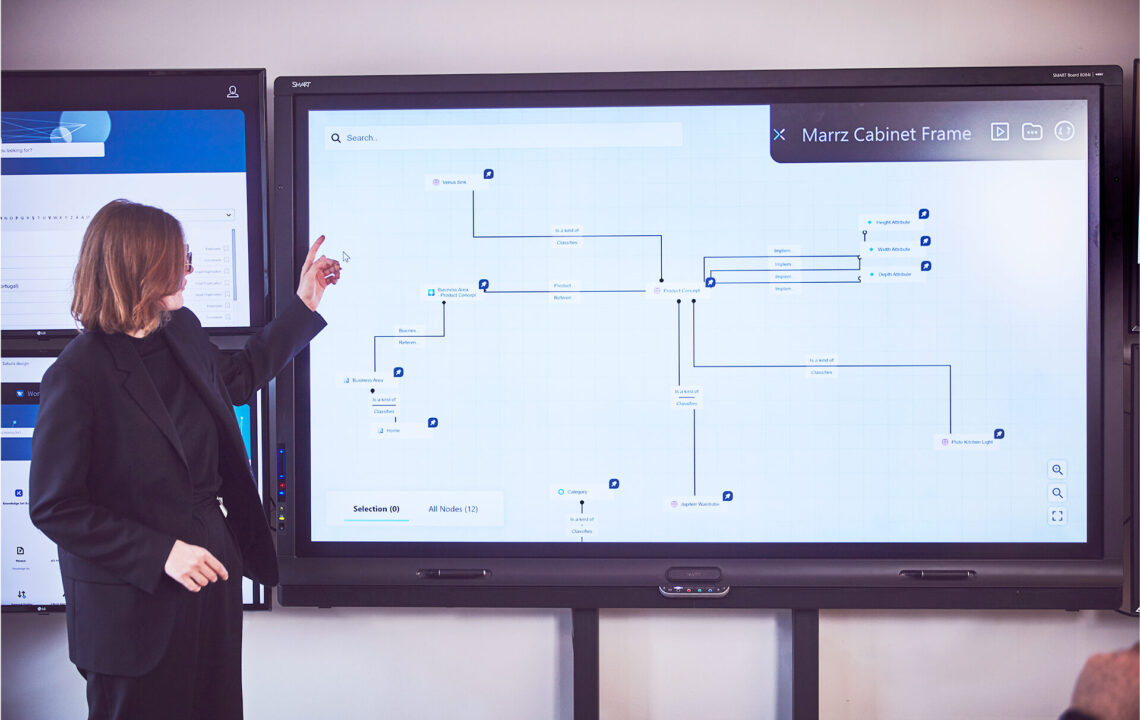
The situation: Our globally leading customer had a scattered product structure and no insight in material and capital equipment as these resided in disconnected systems. The solution: Covering multiple business areas, ranging from product model to transport and from packaging [...]